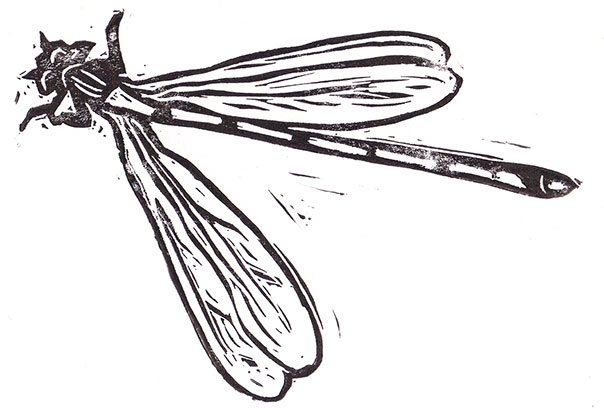
The Nature Area captures much of the Burgess Park story and was developed by Dave Sadler, a local resident and deputy park manager in the early 1960s, on a World War 2 bomb site which was incorporated into the park. Instead of the ‘clear and turf-over’ approach, he allowed nature to take hold, encouraging local school groups to plant woodland flowers and learn about wildlife.
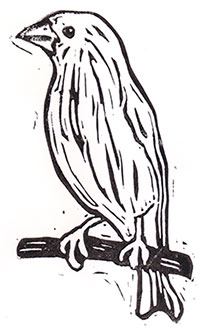
The history of gardening in Burgess Park goes back long before the site became wharves on the canal. Before the canal was developed, the area was low lying fields and meadows with areas of willows cultivated for withies (branches used for basket making). Many of the old field names are echoed in current street names e.g. Bird in Bush Road.
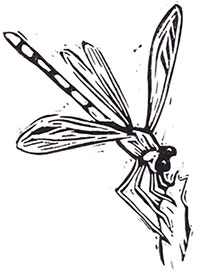
Peckham was well known as a market gardening area and melons, figs and grapes were all grown here, some even ending up on the royal table. With no refrigeration, food had to be grown close to where it would be sold, and Peckham was ideally situated to exploit the large London market on its doorstep. Melon Road is an echo of this former trade.
Between 1807 and 1826 the Peckham arm of the Surrey canal was completed, which brought heavier industry into the fields and market gardens, and the resulting urbanisation transformed the area. However by the end of World War 2 the canal and its dependant industries had declined with much of the current park area was bomb damaged. The eventual decision to create Burgess Park saw the return of green space to Peckham.
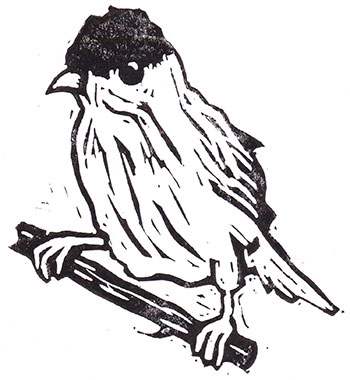
The nature area is sited on a former WW2 bomb site, and was the brainchild of Dave Sadler, Park Manager from 1971-1986. Mr. Sadler was responsible for the everyday running of the park (rather than its long-term planning) and ran it with a very open approach: to develop neglected sites and green open spaces and improve the environment and thereby the quality of life for the local community. By allowing nature to take hold and encouraging local school groups to plant woodland flowers and get involved in its progress, this small nature area was born. For his tireless efforts in ensuring the park’s thriving development, Mr Sadler was awarded an MBE in 1977. Writing in 1983, Hunter Davies, having been enthusiastically shown around by Mr Sadler, described the park as “the most incredible park in the whole of London”. It has also been called “one of the greatest postwar achievements by the LCC/GLC [London County Council/Greater London Council]”.
Listen to Dave Sadler talking in 2015 about his work on building the park in our Podcast: https://bridgetonowhere.friendsofburgesspark.org.uk/podcast/the-making-of-a-modern-park/. Dave speaks from around 6 minutes in.
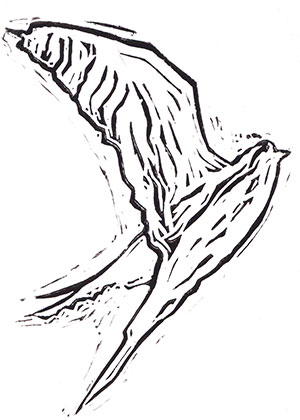
Indicator Species
As an indicator of the Burgess Park’s success in promoting the natural environment, the London Wildlife Trust have identified six indicator species which show that the park has good habitats for biodiversity. Whilst there are many other species of wildlife in the park, the presence of these six indicate the overall health of the habitats in Burgess Park. These species are the Common Blue Butterfly, Speckled Wood Butterfly, Damselflies and dragonflies, Kestrel, Blackcap, and Greenfinch. More information about indicator species.
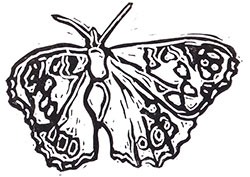
linocuts by Griff Davies